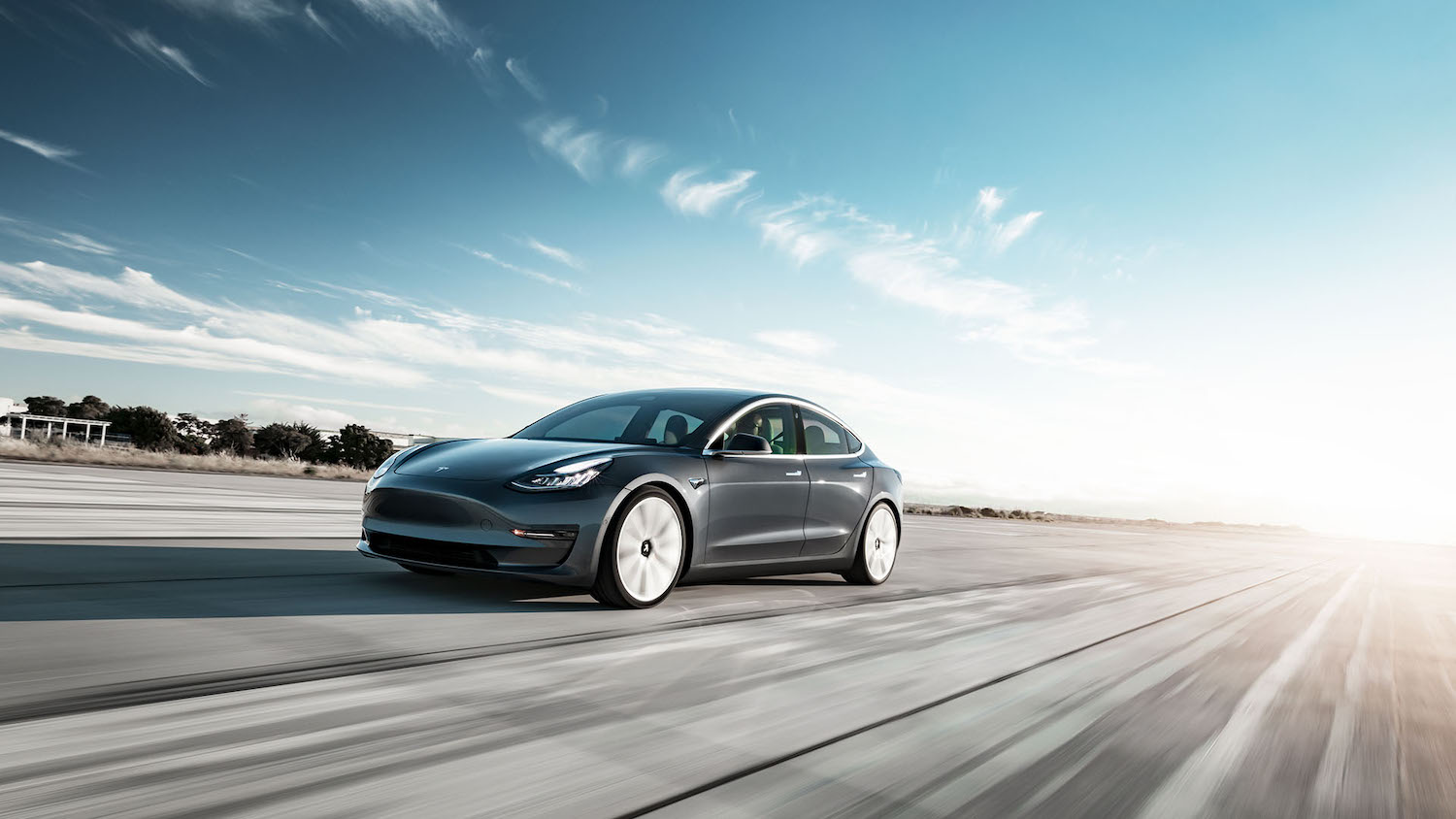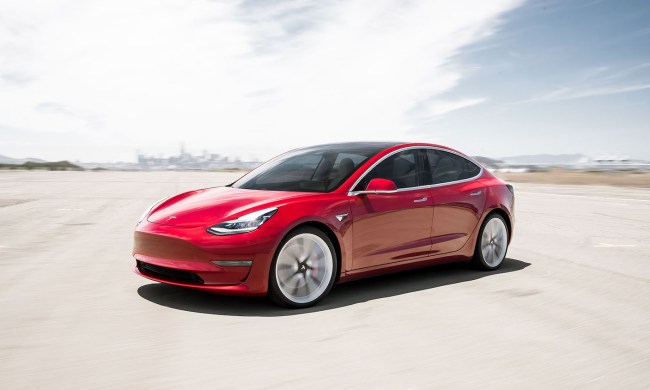One of the big promises of electric vehicles is that they require less maintenance than a gasoline-powered car, and thus cost less over time. That’s largely because EVs have a whole lot fewer moving parts. When you don’t have an engine, you don’t have to worry about oil changes, spark plugs, or exhaust systems, to name just a few examples.
The Tesla Model 3 is no different in that regard. While Tesla cars notoriously suffer from issues like panel gaps and other factory defects, Tesla covers these repairs under warranty, as long as you buy the car from Tesla itself. After that, there are few costs associated with maintenance at all. Here’s a rundown of the maintenance costs you can expect as a Tesla Model 3 owner.
Tesla Model 3 maintenance

Here’s a look at the standard maintenance that you can expect from a Tesla Model 3.
Tire rotation
Perhaps the most common recommended maintenance for a Tesla Model 3 is a tire rotation. Tesla recommends that customers rotate their tires every 6,250 miles, or when the difference between front and rear tire tread depth reaches 2/32 inches or more.
Tire rotations, thankfully, aren’t very expensive. An average tire rotation should cost you between $35 to $45, according to RepairPal.
Windshield wiper replacement
For optimal visibility on the road, Tesla recommends replacing your windshield wipers every six months. A quality pair of windshield wipers typically costs between $20 and $50, making it perhaps the lowest-cost aspect of maintaining the Model 3.
Cabin air filter replacement
Next up is the cabin air filter, which prevents things like pollen and dust from entering the cabin of your car. Tesla says the cabin air filter should be replaced every two years on the Model 3. A cabin air filter replacement costs between $60 and $200 on the Tesla Model 3.
Tesla warranty
Tesla offers a pretty comprehensive warranty for other defects that you might run into. In fact, the Model 3 is covered by Tesla’s warranty, which lasts eight years or 100,000 miles — whichever comes first. As usual, the warranty won’t cover things that the driver is at fault for — but it will cover repair and replacement of parts installed by Tesla, and that would wear under normal use. This also includes battery replacement or repair, so if you have issues with the car’s battery, Tesla will take care of it, if it’s under warranty.
Conclusions
As you can see, it’s easily cheaper to maintain a Tesla — or any other electric car for that matter — compared to a gas-powered car. In a particularly costly year of standard maintenance, you might spend $400, and that’s only if all of the above maintenance is due in the same year. That’s far less than other cars, which require oil changes and other fluids, spark plug changes, and more.



